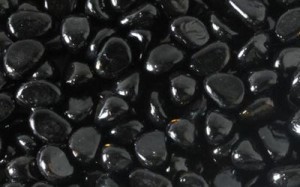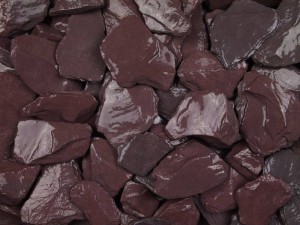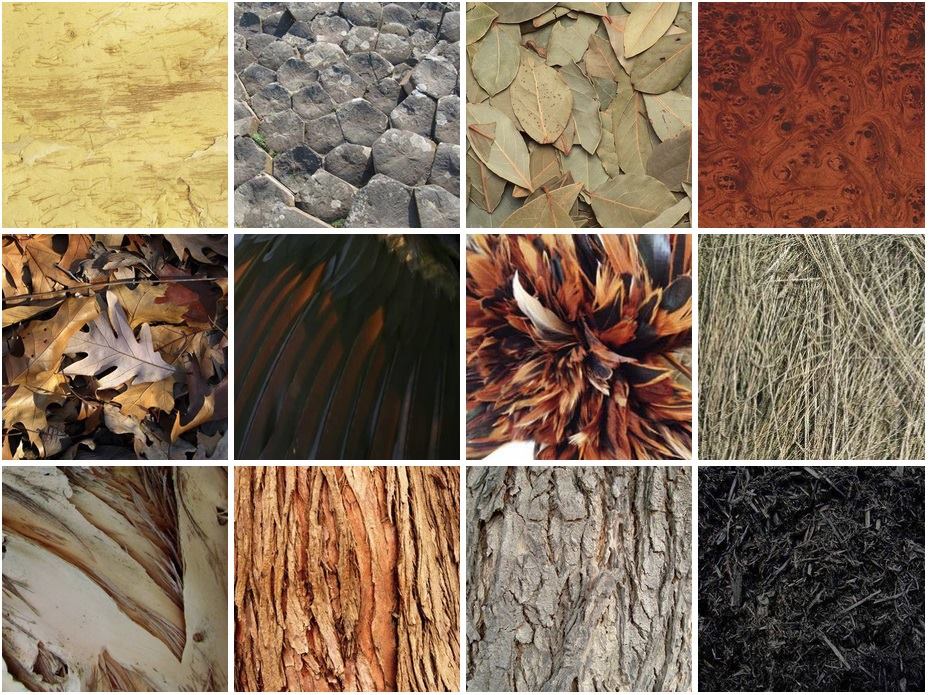Many clients find their fashion neutrals the hardest section of their palette to get right, and with good reason – these subtle colours can be a hard call. As always, fashion goes in waves, and if your best colours aren’t the designated thing this season then your difficulties may be no more technical than that – if you can’t find anything that even begins to look close, it’s hard to refine what you know. Confidence in this area can be no easy task even when choices abound, however, so let’s take a closer look at the problems readers may have in using this area of their 12-Tone palette.

A couple of quick definitions, first: “neutral”, in SciART/12-Tone theory, means between the extremes of warm or cool, with Light Summer, Soft Summer Bright Winter and Dark Winter considered “cool neutral” and Soft Autumn, Dark Autumn, Light Spring and Bright Spring as “warm neutral” Tones. In SciART/12-Tone, the lowest chroma colours of each tone are termed “fashion neutrals” in order to avoid confusion with this core concept of tonal neutrality.
Whether called “neutrals” as per the wider fashion industry or “fashion neutrals” as here, these wardrobe basics conventionally include whites, creams, beiges, greys, browns and blacks. (As an aside, in SciART, carefully controlled harmony means that ANY colour or colours on your palette might turn out to be your first choice for a wardrobe foundation, and many of us would also include our navies, darkest greens and perhaps other colours such as camels, deep reds, olives and darkest purples in our personal definition of “neutrals” when contemplating suiting and accessory staples – but these more tonally distinctive hues tend to be easier to identify.)

As always, to understand best we need to go back to basics. Each tone has an overall harmonic scheme governed by the three characteristics of all colour – value (lightness or darkness), hue (the colour itself, be it essentially a blue, a red or so on), and chroma (how strong (saturated) or desaturated (soft) the colour is). Winters are cool, their colours take in very high and low values, and are relatively high chroma; autumns are warm, lower contrast, and less extreme in their range of light and dark, with a more medium, lower range of chroma, and so on.
Always keep this core idea of your tone in mind, because your fashion neutrals will respect these limits in a way that is best seen when compared to their equivalents in other tones.

It is often easier to rule things out than rule them in. Winters can eliminate medium, heathered colours at a glance from across the floor, autumns will avoid anything that looks like a cool grey-scale grey, springs won’t be going for blued-greys or cool wedding-cake whites, while summers will steer well clear of warm creams, camels or russet browns, and so on.

When you have discarded the obviously-wrong, you may then be lucky enough to find a convincing match to your palette which also suits your style, and if so, the job of the moment is done. If the item seems to blend in with and/or fall between your fashion neutrals, then chances are excellent that you are still looking at relatedness and belonging, and therefore harmony.

Another simple check is to compare it directly with your accents, the “colour” in your palette. Do they enhance each other? Soft with soft and bright with bright will look harmonious, rich and mutually satisfying – and your first instincts are likely to be correct.
All that said, the palettes can approach each other closely in some places, and the fashion neutrals are no exception.


If you’re still unsure if a garment or accessory really is meant for you, and need to break things down further, most of us find it easiest to discern value, the lightness versus darkness of the piece. Is the item relatively light, dark, medium, or is it extremely light (icy) or dark (inky)? Does it seem notably lighter or darker when compared with everything else in your palette, or does it seem to “fit in” somewhere there, without being overwhelming?
Next, ask yourself how the hue temperature feels – does this grey, brown or white/beige feel warm, cool, or less obviously either (that is, warm neutral or cool neutral)? Fashion neutrals are very challenging here because by definition they all drop the chroma very low, and while there is very little hue information to help us, it is still there and you can learn to see it. Is there a hint of real colour before you? Look for the faint green or yellow in warm greys versus the blues or taupes in cool toned ones, and the roses, pinks or blue-purples in cool browns as opposed to the suggestion of warm sun or ember glow in those of spring and autumn. As always, comparison is the secret, and your palette is the key that will help you see the fine distinctions involved. The blue or taupe tinge in a summer grey stands out more when compared with a grey with a hint of olive or yellow which is probably a spring’s, for example, and the more you look, the more clearly you will see these nuanced effects.

The final quality, chroma, is what gives most people most trouble, as fashion neutrals are relatively low in saturation as we’ve seen and the distinctions can be very fine at this level, especially where texture complicates the assessment. Instead of “chroma”, therefore, it may help to ask yourself if the example you are looking at feels “wet or dry” (think of the richer, slicker appearance of wet stone or fabric), or if it seems intense, dense, bright or tight versus softer, more dilute, muted, or heathered in comparison with your palette. Look at the natural textures through this article – can you see these different effects at work?
Although we think of winters as high saturation, their need for intensity means that their neutrals centre around the grey-scale extremes of black and white, where black absorbs all wavelengths and white reflects them. This is why these high-chroma tones have relatively fewer fashion neutrals, as these extreme reaches of value in colour space are tightly defined and there are fewer discernable options at the lightest and darkest “points” of the Munsell solid, where winter’s choices live. Conversely, this is why the more medium and lower chroma tones – the summers and autumns – will notice that they have more neutrals available.

When we discuss colour, we are trying to explain something which is best experienced in reality and understood with your own eyes. Fashion neutrals are a learning curve for many, so compare, compare, and compare again. Hold your palette up to the screen and look again at the “natural neutrals” illustrated. We will all see them differently on our different monitors, but the point here is not what 12-Tone these illustrations are in real life, rather to think about how what you see on your screen relates to your own 12-Tone “fan”. Is it lighter or darker than anything you have, or about right? Warm, cool, neutral? How does the chroma/saturation seem to compare with your own fashion neutrals?

As in the previous article, remember that you are not limited to what is being sold right now in order to get to know your colours: it may help you to take your palette “off-road” and use it outside retail. The more you look, the more you will refine your perceptions. As always, make your choices in natural daylight whenever possible, particularly in this very subtle and critical area of your tone.
